Pass interference is a penalty in American football that occurs when a defensive player interferes with an eligible receiver’s ability to make a catch. It is one of the most important and impactful penalties in the game of football, as it can result in significant yardage gains for the offense and can potentially change the outcome of a game. Pass interference can occur when a defender makes contact with a receiver before the ball arrives, impedes the receiver’s ability to make a catch, or prevents the receiver from reaching the ball.
Pass interference plays a crucial role in the game of football because it directly affects the outcome of plays and can have a significant impact on the final score. It is a penalty that can swing momentum in favor of one team or another, and it often leads to big plays or scoring opportunities. The ability for receivers to make catches without interference from defenders is essential for the offense to be successful, and pass interference penalties help ensure fair play and equal opportunities for both teams.
Key Takeaways
- Pass interference was not always a rule in the NFL, and was initially left up to the discretion of the referees.
- The pass interference rule was officially introduced in 1978, after years of debate and controversy.
- Over the years, the pass interference rule has undergone several changes, including adjustments to the penalty yardage and the introduction of automatic first downs.
- Controversies surrounding pass interference calls have been a consistent issue in the NFL, with many fans and analysts questioning the consistency and accuracy of referees’ decisions.
- Pass interference plays a significant role in the game of football, often determining the outcome of crucial plays and games.
Early Days of Pass Interference: Rule or No Rule?
In the early days of football, there was no specific rule regarding pass interference. Players were allowed to make contact with receivers at any time during a play, and defensive players often used physicality to disrupt the timing and rhythm of passing plays. This lack of a pass interference rule had a significant impact on the game, as it allowed defenders to impede receivers’ ability to make catches without consequence.
Without a pass interference rule, defensive players were able to use physicality and aggression to their advantage, often resulting in incomplete passes or interceptions. This made passing plays more challenging for offenses, as they had to contend with defenders who could disrupt their timing and prevent receivers from getting open. The lack of a pass interference rule also led to more physical play overall, as players knew they could get away with contact that would be penalized in today’s game.
The Birth of the Pass Interference Rule in the NFL
The first pass interference rule in the NFL was introduced in 1940. Prior to this, there were no specific rules regarding pass interference, and defensive players were allowed to make contact with receivers at any time during a play. The introduction of the pass interference rule was a response to the increasing physicality and aggression of defensive players, who were using contact to disrupt passing plays.
The reasons behind the introduction of the pass interference rule were twofold. First, it was intended to protect receivers and ensure fair play by preventing defenders from impeding their ability to make catches. Second, it was meant to promote a more exciting and high-scoring game by allowing offenses to have a better chance at completing passes and scoring touchdowns. The pass interference rule was a significant step towards creating a more balanced and fair game, where both offenses and defenses had equal opportunities to succeed.
Changes to the Pass Interference Rule over the Years
| Year | Change | Impact |
|---|---|---|
| 1978 | Pass interference penalty reduced from 15 yards to spot of the foul | Encouraged defensive backs to commit more pass interference penalties |
| 2004 | Illegal contact penalty enforced on defensive backs beyond 5 yards from the line of scrimmage | Reduced physicality of defensive backs and increased passing yards |
| 2019 | Pass interference reviewable by coaches’ challenge | Controversial calls can be reviewed and potentially overturned |
Since its introduction in 1940, the pass interference rule in the NFL has undergone several changes and modifications. These changes have been made in an effort to clarify and refine the rule, as well as to address any issues or controversies that have arisen over the years.
One significant change to the pass interference rule occurred in 1978 when offensive pass interference was added as a penalty. This change was made to ensure that both offensive and defensive players were held accountable for their actions and that neither side had an unfair advantage. Offensive pass interference occurs when an offensive player interferes with a defensive player’s ability to make a play on the ball.
Another notable change to the pass interference rule came in 2004 when the NFL implemented a “point of emphasis” on illegal contact and defensive holding. This change was made in response to an increase in physical play by defensive backs, who were using contact beyond five yards from the line of scrimmage to disrupt receivers’ routes. The point of emphasis was intended to reduce the amount of contact allowed by defensive players and create a more open and pass-friendly game.
Controversies Surrounding Pass Interference Calls in the NFL
Pass interference calls in the NFL have been the subject of much controversy over the years. The subjective nature of the penalty, combined with the high stakes and impact on games, has led to numerous debates and disagreements about what constitutes pass interference and whether or not it was called correctly.
One example of a controversial pass interference call occurred in the 2019 NFC Championship Game between the Los Angeles Rams and the New Orleans Saints. With less than two minutes remaining in a tied game, Rams cornerback Nickell Robey-Coleman made contact with Saints receiver Tommylee Lewis before the ball arrived, preventing him from making a catch. However, no pass interference penalty was called on the play, leading to outrage from Saints players, coaches, and fans. The missed call had a significant impact on the game, as it prevented the Saints from potentially scoring a touchdown and likely winning the game.
Controversial pass interference calls like this one have led to calls for changes to the pass interference rule and for increased use of instant replay to review such calls. The impact of these controversial calls goes beyond individual games and can affect teams’ playoff chances, coaching decisions, and even fan perception of the league.
Impact of Pass Interference on the Game of Football
Pass interference plays a crucial role in the game of football, as it directly affects the outcome of plays and can have a significant impact on the final score. It is a penalty that can swing momentum in favor of one team or another, and it often leads to big plays or scoring opportunities.
The role of pass interference in football is twofold. On offense, pass interference penalties can result in significant yardage gains and first downs, giving the offense a better chance to score. On defense, pass interference penalties can prevent big plays and scoring opportunities for the offense, potentially saving points and helping the defense get off the field.
Pass interference penalties can also have a psychological impact on players and teams. For the offense, a pass interference penalty can provide a boost of confidence and momentum, as it shows that the defense is struggling to stop them. For the defense, a pass interference penalty can be demoralizing and frustrating, as it gives the offense an advantage and can lead to points being scored against them.
The Role of Instant Replay in Pass Interference Calls
In recent years, the NFL has implemented instant replay as a tool to review and potentially overturn pass interference calls on the field. This change was made in response to the controversies surrounding pass interference calls and the desire for more accurate and consistent officiating.
The introduction of instant replay in pass interference calls has had a significant impact on the game. It has allowed officials to review close or controversial calls and make more informed decisions. It has also provided teams with an opportunity to challenge pass interference calls, giving them a chance to correct any mistakes made by the officials.
However, the use of instant replay in pass interference calls has not been without its own controversies. There have been instances where clear pass interference penalties were not overturned upon review, leading to further frustration and confusion among players, coaches, and fans. The subjective nature of pass interference calls makes it difficult for officials to make consistent rulings, even with the aid of instant replay.
Pass Interference in the Modern Era: Trends and Statistics
In recent years, there has been an increase in both the number of pass interference calls and the yardage gained from those penalties in the NFL. This trend can be attributed to several factors, including changes to the rules, increased emphasis on player safety, and improvements in passing offenses.
One reason for the increase in pass interference calls is the emphasis on player safety and the protection of defenseless receivers. The NFL has made a concerted effort to crack down on hits and contact that could potentially cause injury to receivers, leading to more penalties being called for pass interference.
Another reason for the increase in pass interference calls is the evolution of passing offenses in the NFL. Quarterbacks and receivers are now more skilled and sophisticated in their route running and timing, making it more difficult for defenders to cover them without making contact. As a result, defenders are more likely to commit pass interference penalties in an attempt to prevent a completion.
Statistics on pass interference calls and penalties show that there has been a steady increase in both the number of penalties called and the yardage gained from those penalties. In 2019, there were a total of 266 pass interference penalties called, resulting in 3,042 yards gained by the offense. This represents a significant increase from previous years and highlights the impact that pass interference can have on the game.
Comparing Pass Interference Rules in Different Football Leagues
Pass interference rules vary across different football leagues, including college football and international leagues such as the Canadian Football League (CFL). These differences can have a significant impact on the game and how it is played.
In college football, pass interference rules are similar to those in the NFL, with both offensive and defensive pass interference being penalized. However, there are some key differences, such as the yardage penalty for defensive pass interference being 15 yards instead of a spot foul. This difference can have a significant impact on the game, as it reduces the potential yardage gained by the offense on pass interference penalties.
In the CFL, pass interference rules are even more different from those in the NFL. In the CFL, defensive players are allowed to make contact with receivers until the ball is in the air, which can result in more physical play and potentially more pass interference penalties. Additionally, the CFL uses a 10-yard penalty for defensive pass interference, regardless of the yardage gained on the play. This difference in penalty yardage can affect the strategy and decision-making of teams in the CFL.
The impact of different pass interference rules in different leagues is evident in how the game is played and officiated. The NFL’s emphasis on player safety and protection of defenseless receivers has led to stricter enforcement of pass interference penalties, while other leagues may prioritize different aspects of the game.
The Future of Pass Interference in the NFL: Potential Changes and Adaptations
The pass interference rule in the NFL has been a topic of discussion and debate for many years, and there have been calls for changes to be made to improve consistency and fairness. One potential change that has been suggested is to make pass interference a reviewable call throughout the entire game, similar to how it was implemented for the 2019 season.
Allowing coaches to challenge pass interference calls throughout the game would provide an opportunity for more accurate and consistent officiating. It would also give teams a chance to correct any mistakes made by the officials and potentially prevent controversial calls from impacting the outcome of games.
However, there are also concerns about the potential impact of increased instant replay on the pace and flow of the game. Critics argue that allowing coaches to challenge pass interference calls could lead to longer games and more stoppages in play, which could negatively affect the viewing experience for fans.
Ultimately, any potential changes to the pass interference rule in the NFL will need to strike a balance between accuracy and efficiency. The goal should be to ensure fair play and equal opportunities for both teams while maintaining the integrity and excitement of the game.
If you’re curious about the history of pass interference in the NFL, you might find this article interesting. It delves into when pass interference became a rule in the league and how it has evolved over time. Check it out here.

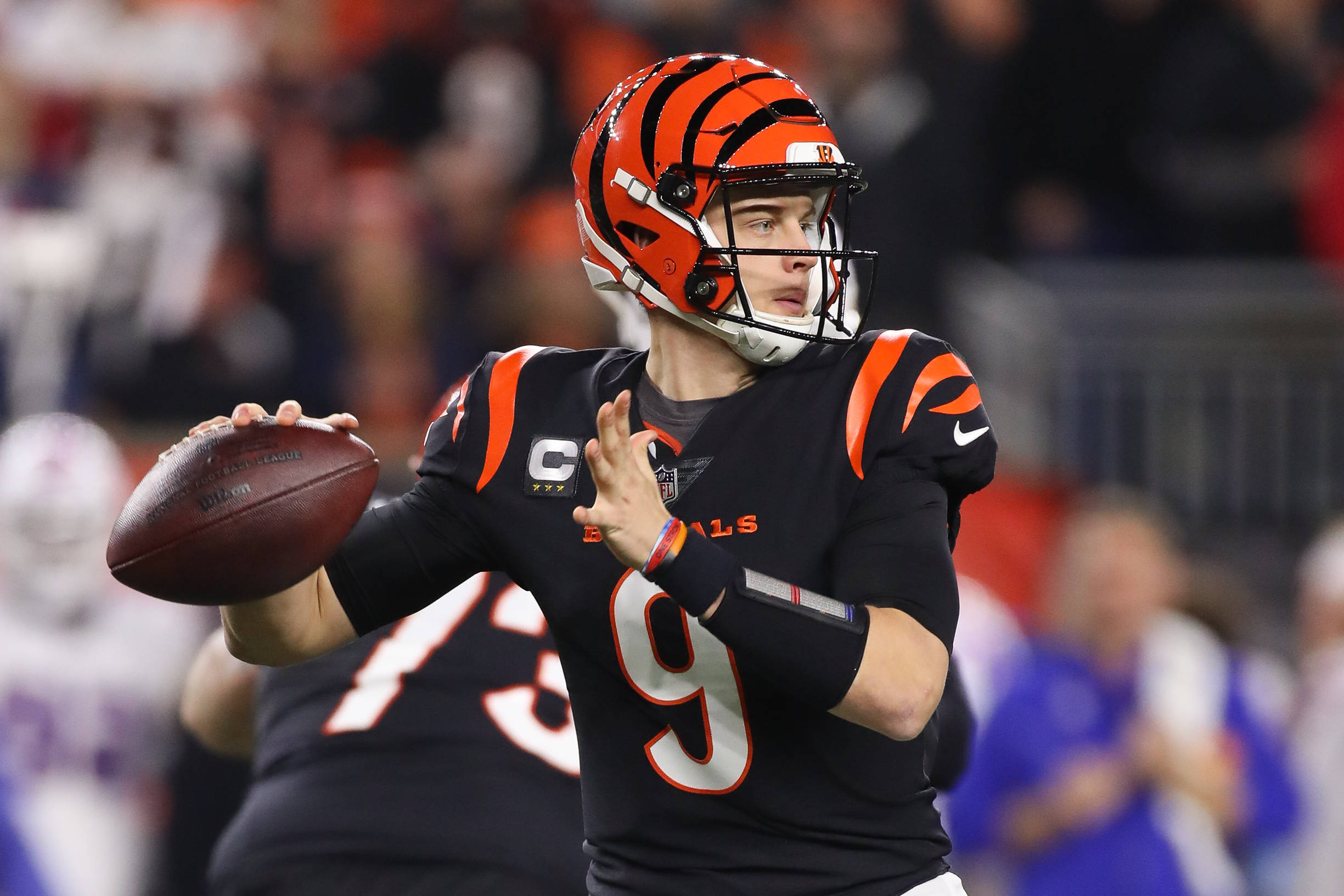
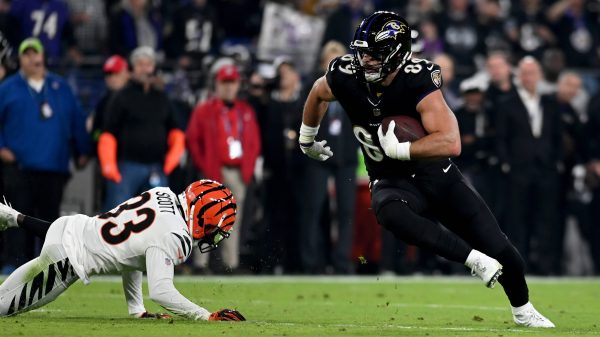


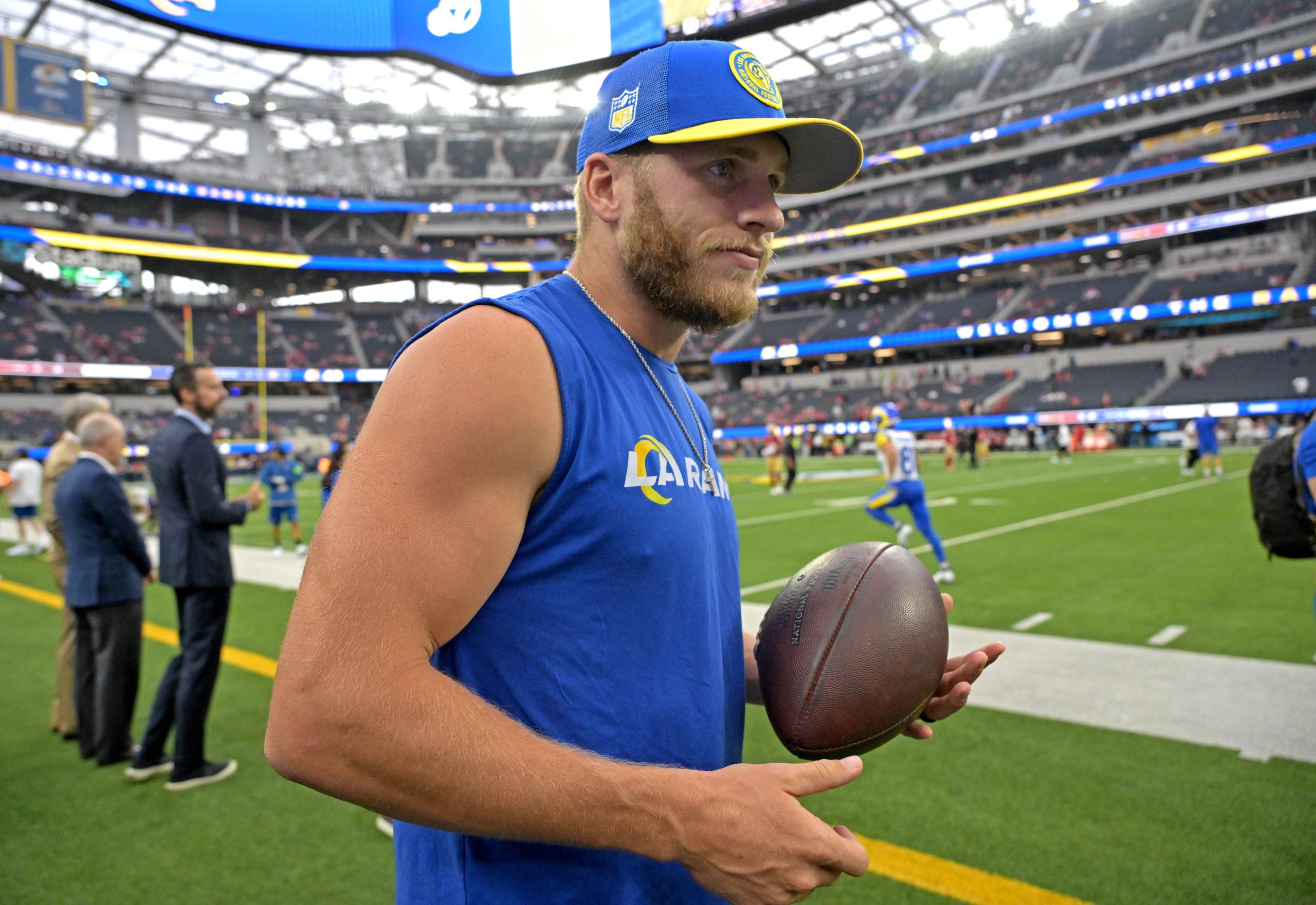
























































































































































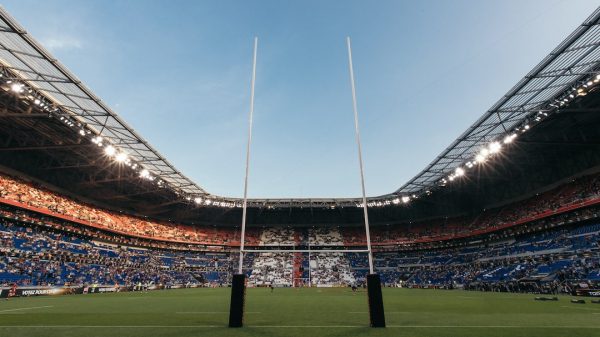

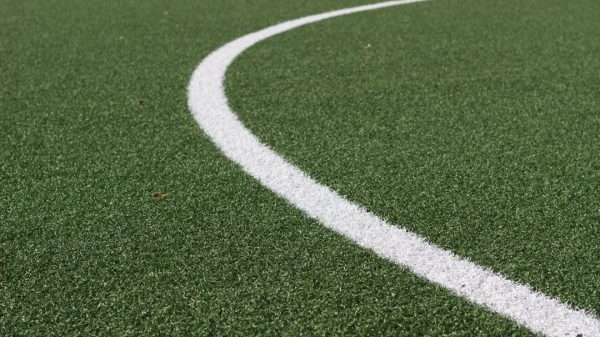










Recent Comments